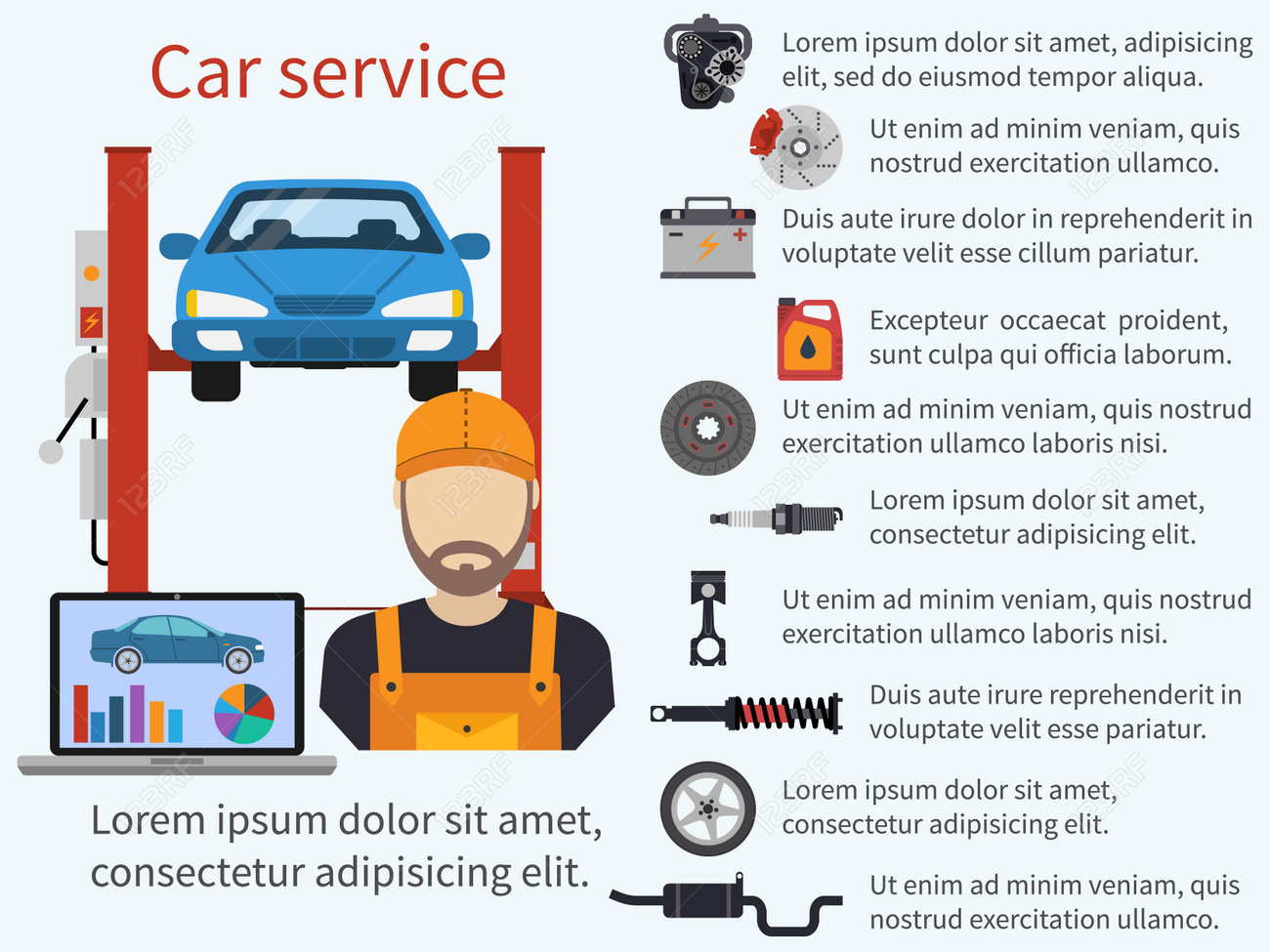Seeking Clarity On The Warning Lights Presented On Your Cars And Truck'S Control Panel? Find Out Exactly How They Associate With Your Vehicle'S Health And Safety
Seeking Clarity On The Warning Lights Presented On Your Cars And Truck'S Control Panel? Find Out Exactly How They Associate With Your Vehicle'S Health And Safety
Blog Article
Post Composed By-Vinson Shepherd
When you're behind the wheel, those glowing caution lights on your control panel can be a little bit complicated. Do you know what they're trying to inform you regarding your auto's wellness? Comprehending the significance of these lights is essential for your safety and the durability of your car. So, the following time one of those lights appears, wouldn't you intend to decipher its message accurately and take the necessary actions to resolve it?
Common Caution Lighting and Interpretations
Identify typical warning lights in your automobile and understand their significances to ensure safe driving.
One of the most regular caution lights consist of the check engine light, which signifies problems with the engine or emissions system. If this light begins, it's critical to have your automobile inspected quickly.
The oil stress warning light indicates low oil pressure, calling for prompt interest to prevent engine damage.
A blinking battery light could recommend a malfunctioning charging system, potentially leaving you stranded otherwise resolved.
The tire pressure monitoring system (TPMS) light alerts you to reduced tire pressure, affecting automobile stability and gas efficiency. Disregarding this can result in harmful driving conditions.
The ABS light shows a trouble with the anti-lock stopping system, endangering your capacity to stop swiftly in emergencies.
Lastly, the coolant temperature level cautioning light warns of engine getting too hot, which can cause extreme damages otherwise solved swiftly.
Understanding these common caution lights will assist you attend to concerns immediately and keep risk-free driving problems.
Relevance of Prompt Attention
Recognizing the usual caution lights in your cars and truck is just the initial step; the significance of quickly dealing with these cautions can't be highlighted enough to ensure your safety and security on the road.
When a caution light brightens on your dashboard, it's your car's means of communicating a prospective problem that requires attention. Ignoring these cautions can result in more extreme troubles in the future, jeopardizing your safety and security and potentially costing you extra out of commission.
Motivate focus to advising lights can protect against malfunctions and accidents. For example, a blinking check engine light can suggest a misfire that, if left neglected, might trigger damage to the catalytic converter. Addressing cargroomersauckland can conserve you from an expensive repair service.
In carwashnear me , a brake system cautioning light might indicate low brake fluid or worn brake pads, important parts for your security when driving.
Do It Yourself Troubleshooting Tips
If you discover a caution light on your control panel, there are a couple of DIY repairing pointers you can attempt before seeking specialist help.
The primary step is to consult your cars and truck's guidebook to comprehend what the certain warning light shows. Often the concern can be as straightforward as a loosened gas cap activating the check engine light. Tightening the gas cap might solve the issue.
Another common concern is a reduced battery, which can activate various warning lights. Checking the battery connections for rust and guaranteeing they're safe and secure may fix the problem.
If a caution light lingers, you can attempt resetting it by detaching the cars and truck's battery for a few mins and then reconnecting it. Furthermore, inspecting your vehicle's fluid levels, such as oil, coolant, and brake fluid, can assist troubleshoot advising lights related to these systems.
Verdict
Finally, recognizing your vehicle's caution lights is crucial for keeping your automobile running smoothly and safely. By quickly dealing with these informs and understanding what they imply, you can prevent expensive fixings and prospective break downs.
Bear in mind to consult your car's manual for particular information on each advising light and do something about it as necessary to ensure a hassle-free driving experience.
Remain educated, remain safe when driving!
